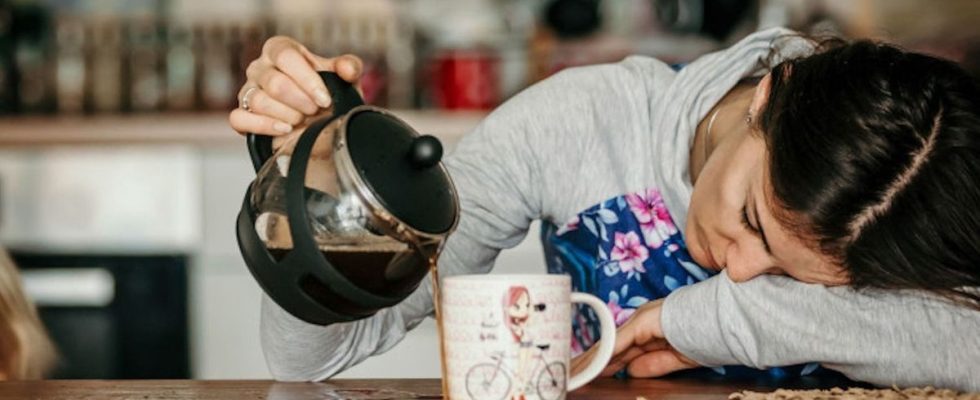Published on
Updated
Reading 1 min.
The intonation of the voice can betray an obvious lack of sleep. Researchers have just identified its main alterations. These results gave rise to artificial intelligence capable of identifying subjects deprived of sleep or not.
According to CNRS, three out of ten French people suffer from a lack of sleep (with nights of less than six hours). This proportion has tripled in just ten years. There are multiple causes, including exposure to screens which not only interferes with sleep time but also delays falling asleep. However, lack of sleep can cause chronic fatigue, depression and accidents.
Consult a doctor online for your sleep problems
An AI that detects sleep deprivation
In a study, published in PLoS Computatinal Biologythe Vigilance, fatigue, sleep and public health (VIFASOM) research team, in collaboration with CNRS researchers, demonstrates the possibility of detecting sleep deprivation using voice recordings analyzed by artificial intelligence specially trained for this.
For their study, they worked with a sample of 22 women, aged thirty to fifty, allowed to sleep only three hours per night, two nights in a row, in order to identify alterations in their voices. They were thus able to identify two independent effects of sleep deprivation on the voice, namely changes in prosody (melody of the sentence, modification of the voice, variation in speech rate) and in timbre (clear voice vs. voice broken).
The researchers then trained artificial intelligence to be able to detect differences in the submitted recordings. Using machine learning, the tool can now identify differences between different voice recordings and therefore detect sleep deprivation in certain individuals. The results of this study suggest future “intelligent” methods of detecting sleep deprivation through voice analysis. They could, for example, be used in certain sectors of activity, where a decreased alertness can have serious consequences.
The next step will be to apply the same methodology to develop other vocal biomarkers characterizing attention disorders or, more generally, a person’s physiological state.
